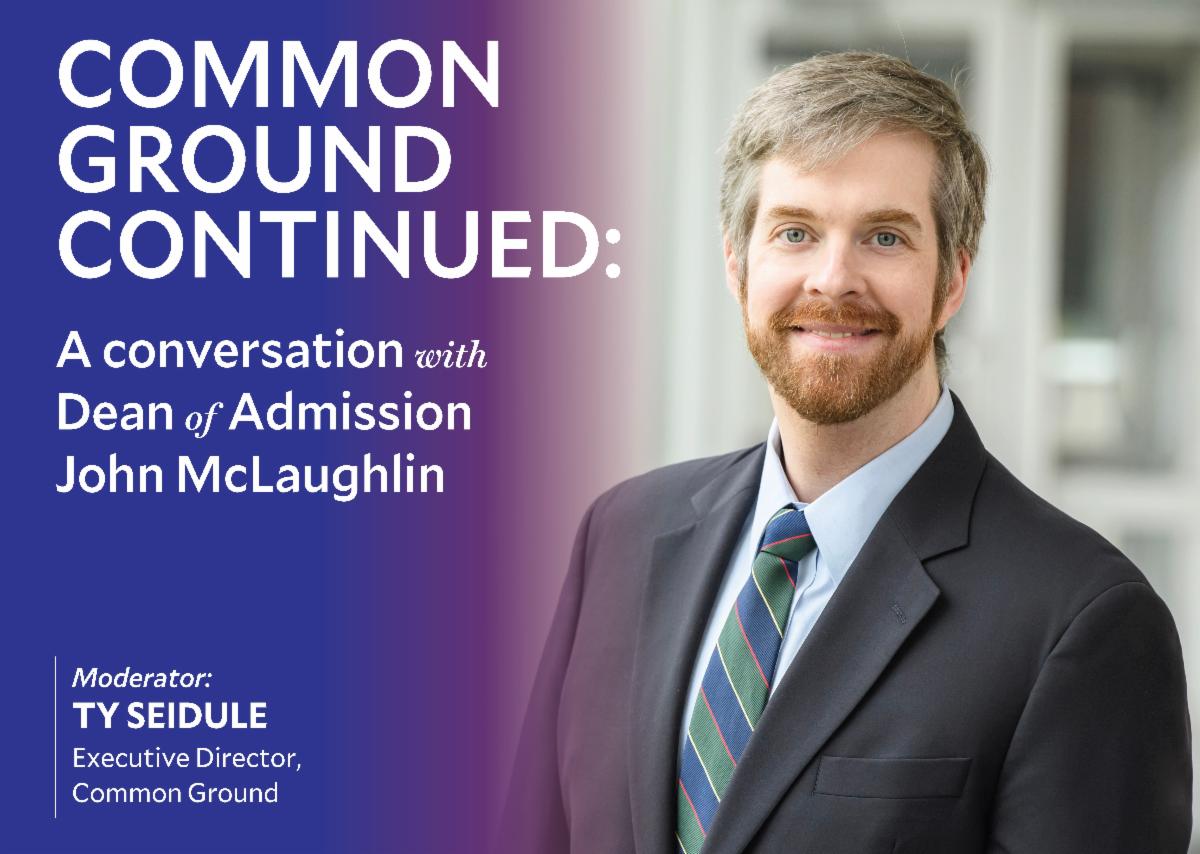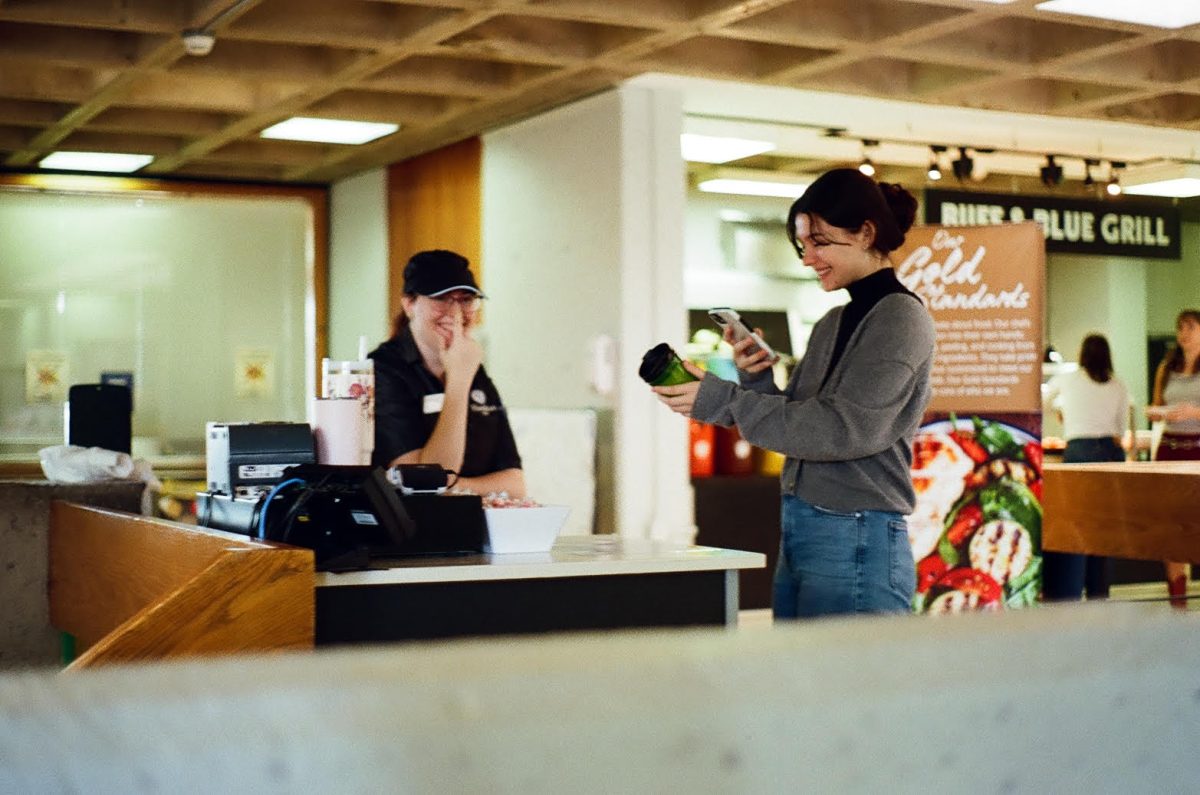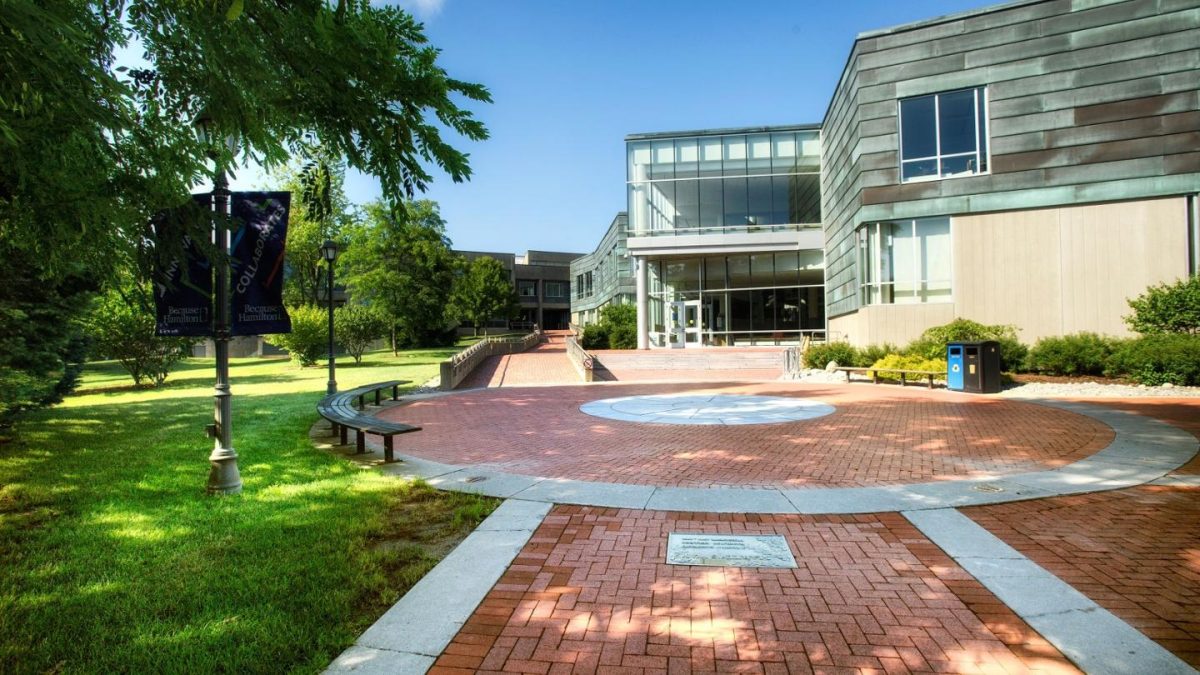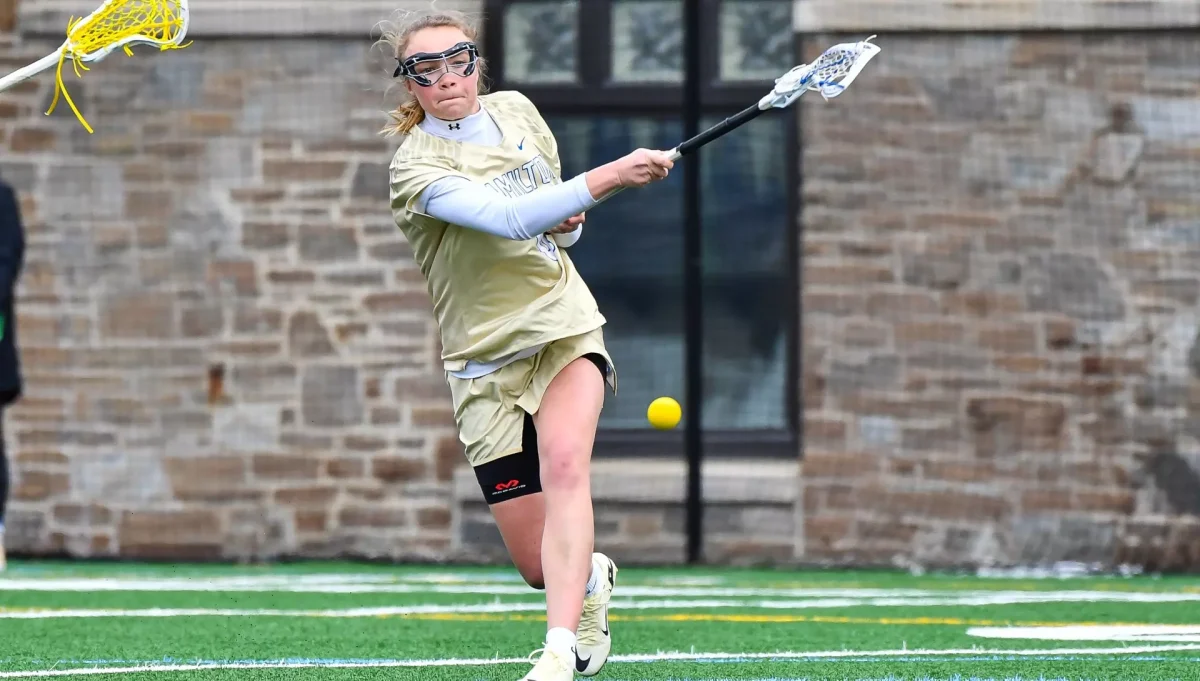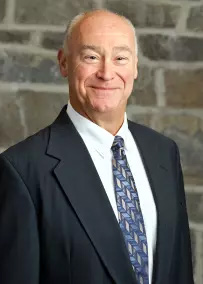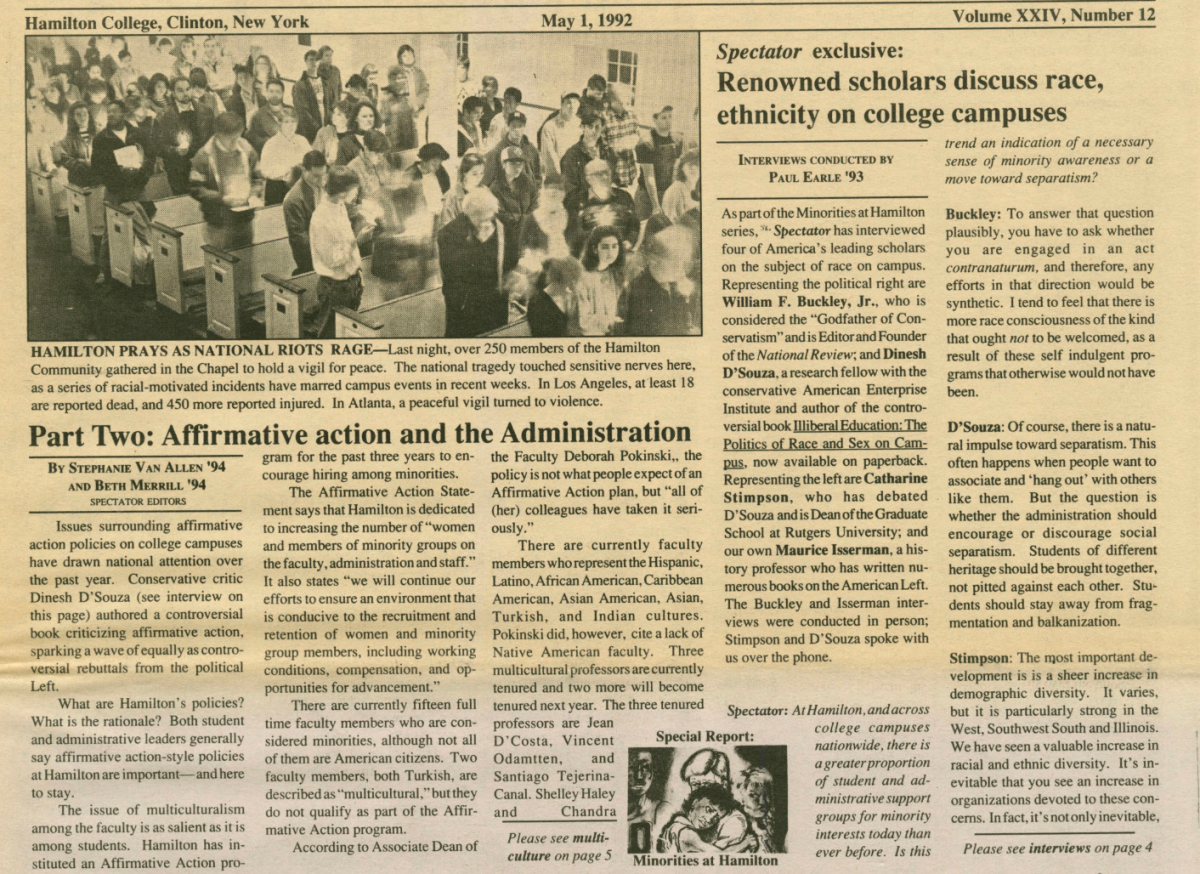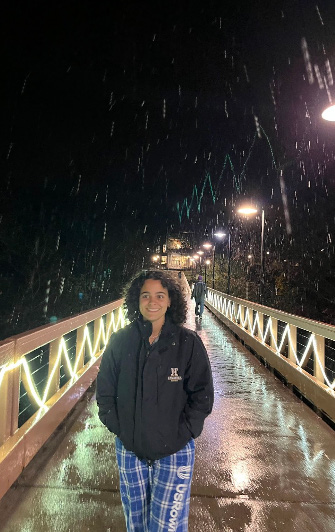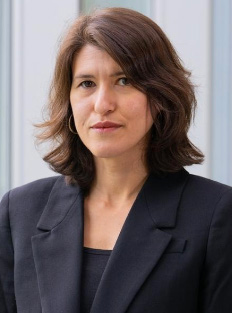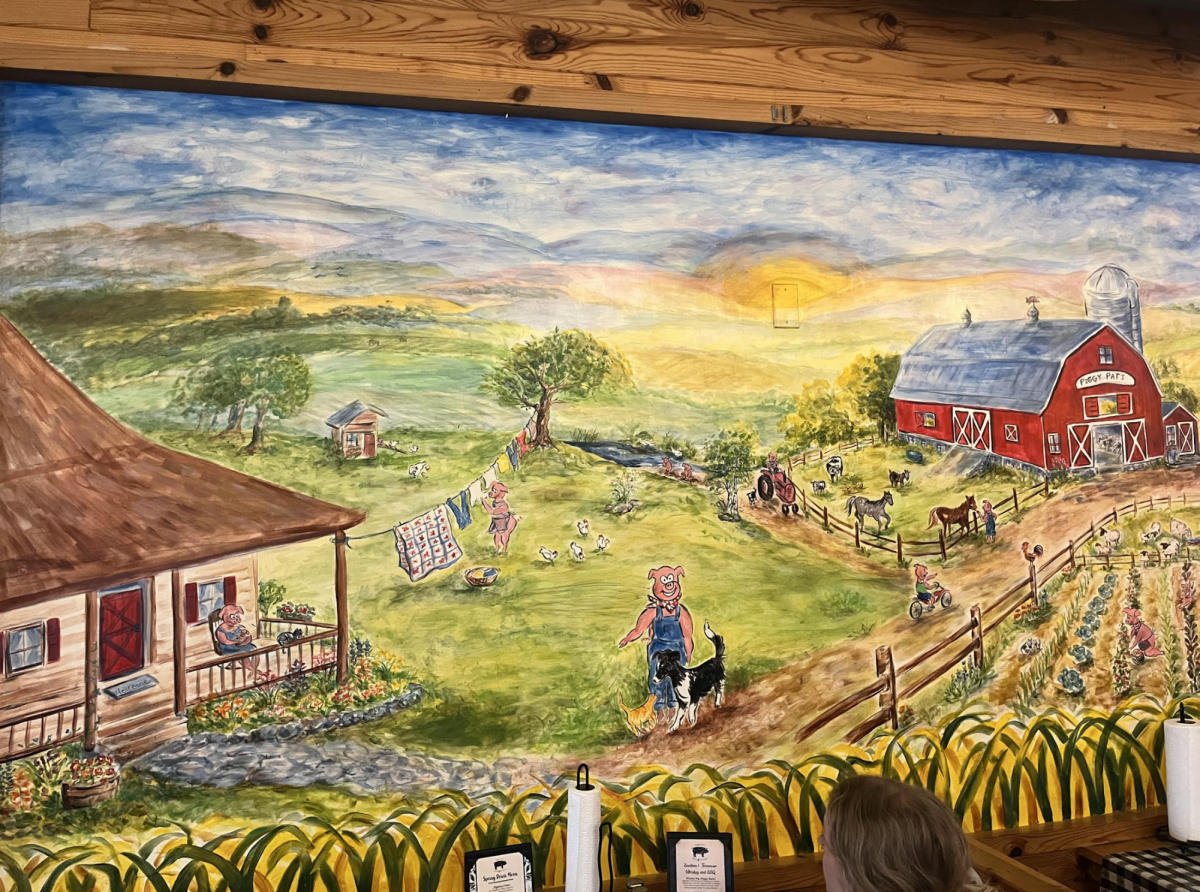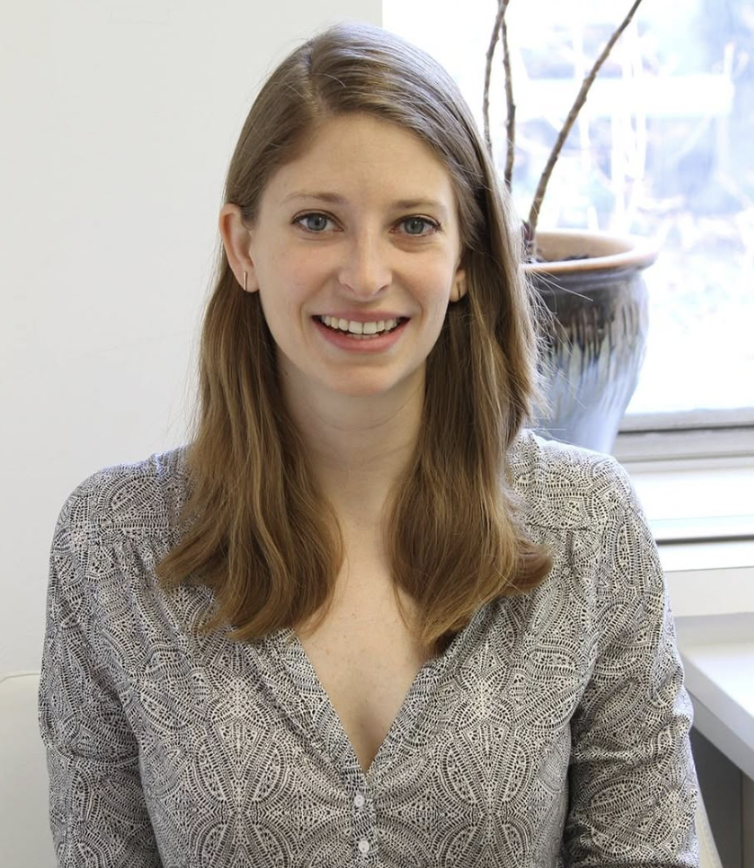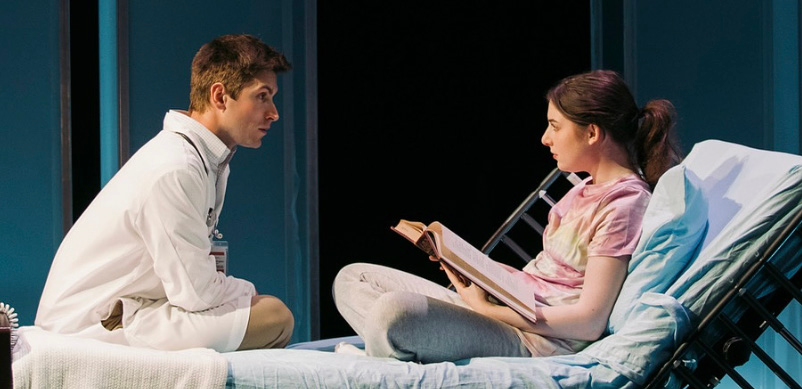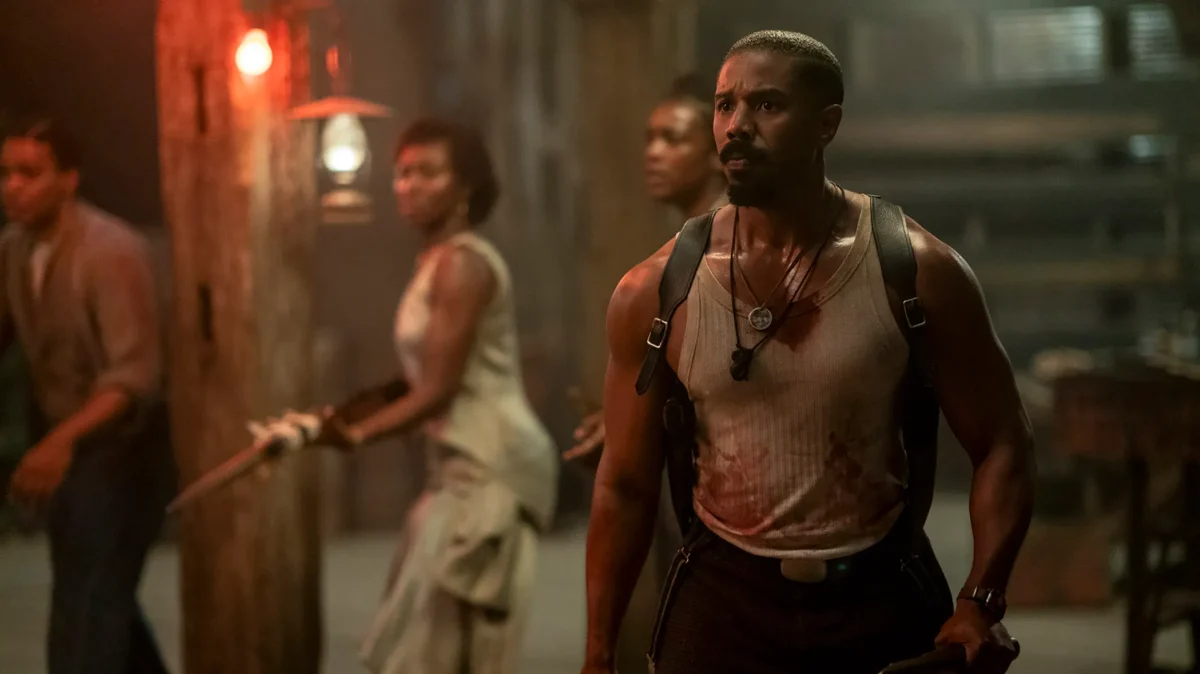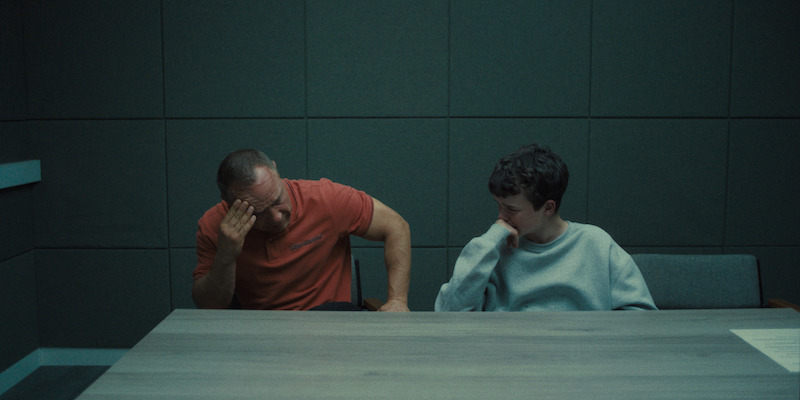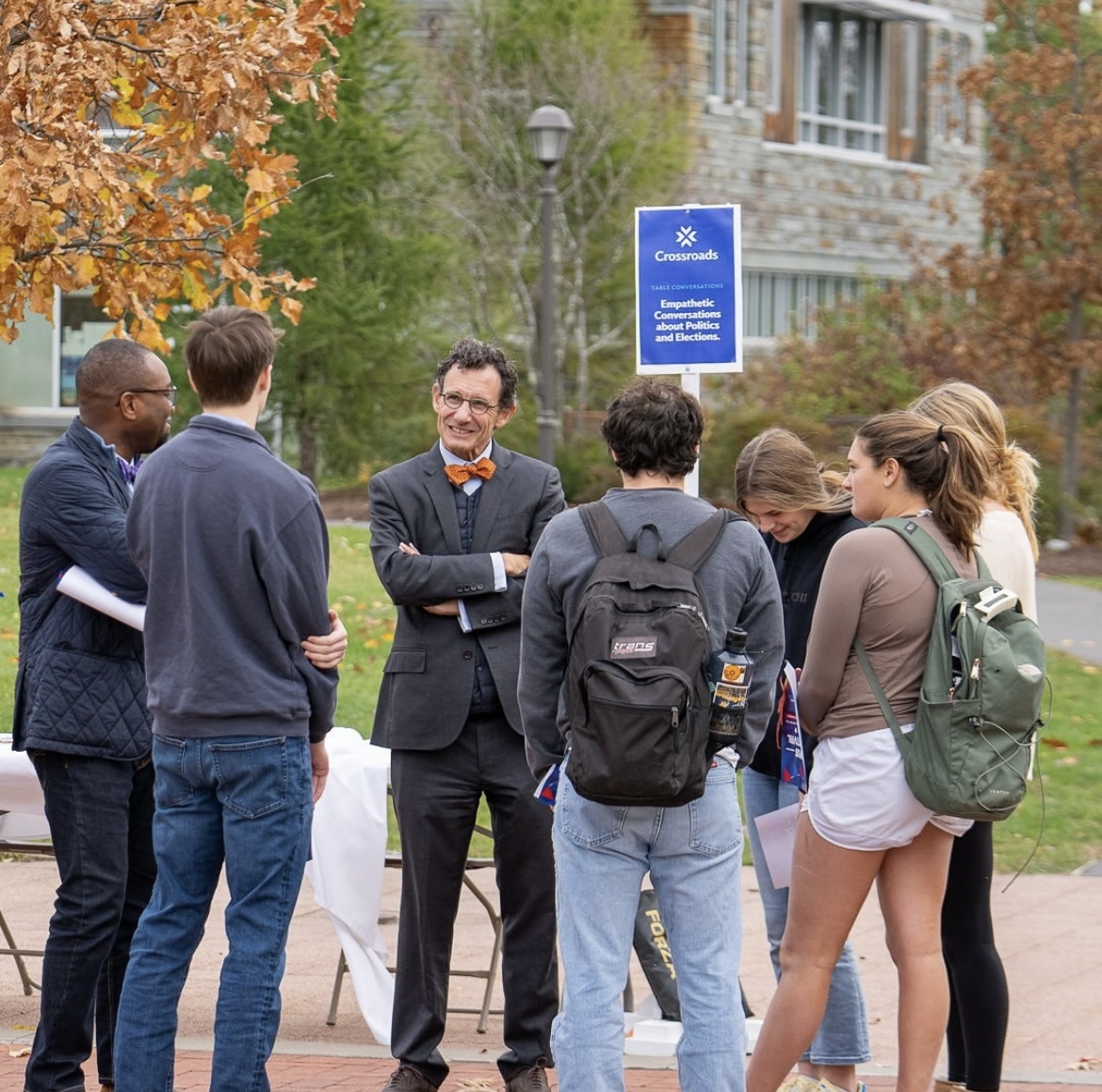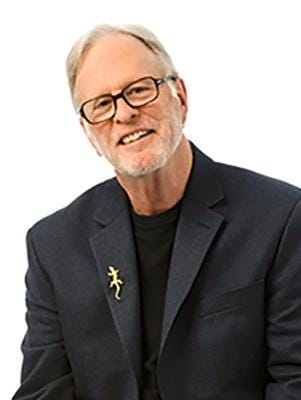
Scott MacDonald, Professor of Art History, is once again bringing the Forum for Image and Language in Motion (F.I.L.M.) series to campus this semester. F.I.L.M. allows an array of directors and groups to come to campus and showcase their films and works. Last year, due to the generous work of Professor MacDonald and the financial support of Hamilton, directors including Raoul Peck, Ernie Gehr, Tomonari Nishikawa, and Bill Morrison, as well as the Alloy Orchestra, came to campus to present their work. The Alloy Orchestra is a three-person musical group that writes their own scores to accompany silent films. They returned to campus this year on Sept. 30 to accompany Buster Keaton’s
The General
and Dziga Vertov’s
Man with a Movie Camera
. Professor MacDonald spoke with
The Spectator
about what F.I.L.M. is, and what is in store in this year’s series.
Could you give a broad overview of what F.I.L.M. is?
F.I.L.M. was a way of trying to make film events available on campus on a regular basis. Not films, so much, as film events. When I was a student, when there was a film, everybody went, because that was the only film available. You guys are growing up where you can access stuff on your phones and Netflix — it’s no problem to see a film. At a certain point, I think this was true for other people on campus too: if you advertise you’re just going to show a movie, it was hard to get an audience. So I thought, part of my job is to create a film scene on campus, to some extent. People who teach music know there are going to be music events all the time, so that’s part of the education for music. So what could I do to create something, in a small way, a film scene on campus. I thought, well — there’s some ironies here — if you bring a filmmaker with a film, now it is an event, and you can get an audience for that. And sometimes, if it’s something that hits the right moment — last fall I brought Raoul Peck with
I Am Not Your Negro
, and the place was packed. It was a great event. Same thing with Yance Ford [
Strong Island
], who was a student here 20 years ago. If you hit it right, people from a variety of disciplines are in the same room at the same time, enjoying the same experience.
At any rate, I got into it because I taught at Bard College and there was no money at all to support bringing filmmakers. None. And I felt I was cheating. I was teaching film but I wasn’t making filmmakers available, and that’s crucial for me to do. It would be like a music department never having any music playing on campus. I left Bard to come here because there was no money to support programming. It’s a lot of work to program — it’s more work than teaching, but it’s been a lot of fun and Hamilton has been very good about supporting programming.
You have talked before about how important it is to be part of a theater and not just by yourself, could you elaborate on that?
The foundation Sherman Fairchild was here last week because they asked Hamilton to apply for a great, big grant to kind of coordinate the digital across campus. One of the representatives of the foundation said last week, she looked at me and she said, “This business of 2k, 4k, 8k, 10k is driving me crazy!” There are all these technologies for showing film incredibly well, and we need to keep up with it. One of the things that seems to be happening — virtual reality and your phones seem to be making it more true — you are very much alone when watching film. In virtual reality especially, you’re not really with other people. You might be bumping into them, but you’re not really with them. So I think, all of a sudden, seeing movies in a theater with other people is becoming an exotic, strange thing. And yet, for a hundred years, that was cinema. I think it’s really important to keep that alive. Comedy is pretty dead without an audience. And so is horror. A lot of genres just don’t work with just you and the film.
What directors and groups are you bringing in this year?
Well this weekend is Alloy. They’re coming to do two shows, and they’re the best. We have a good relationship with them, and there’s nobody better at what they do. This time, I’m just going to bring them to do their scores for the two best films that they’ve ever scored:
The General
and
The Man with the Movie Camera
. Another one of the things I’m foregrounding later in the semester is this new move in filmmaking for filmmakers to use YouTube as an archive to go in and accumulate YouTube postings and make those into a movie of their own. So one of these is
Our New President
, which is a film by Maxim Pozdorovkin, who was born in Russia and came over here as a young kid. But it’s the Trump and Clinton campaign seen through Russian propaganda, and it’s all stuff that was online, but he put it together into this… you watch this…it’s not a pretty picture. But it’s totally fascinating.
The last event is Penny Lane, who teaches over at Colgate who has a film also made from YouTube postings by four women whose stuff you see elapse over time. It’s kind of a crazy, surreal, horror show. It’s called
The Pain of Others
. That’s something I’m foregrounding this year because your generation is sort of the YouTube generation. So it’s a mix. Sara Elder is also coming with
The Drums of Winter
on Oct. 28. She’s one of a generation of filmmakers who rebelled against traditional ethnographic film in the way of using film as a way of getting First Nations to express their own realities. It certain ways, this film is an answer to
Nanook of the North
. It’s about a ritual that Eskimos in Alaska — so a different group — do, and it’s fantastic. By half an hour, it’s like you’re inside this experience.
Is there anything else you would like to say about F.I.L.M.?
Film should be an adventure. We all love good films, but it’s fun to make film-making — and filmgoing — an adventure. To see something without knowing what it’s going to be. To go see Alloy with
The Man with the Movie Camera
and
The General
; if you haven’t done that, you’re missing something. If you love film, make it an adventure. That’s what I would say.


